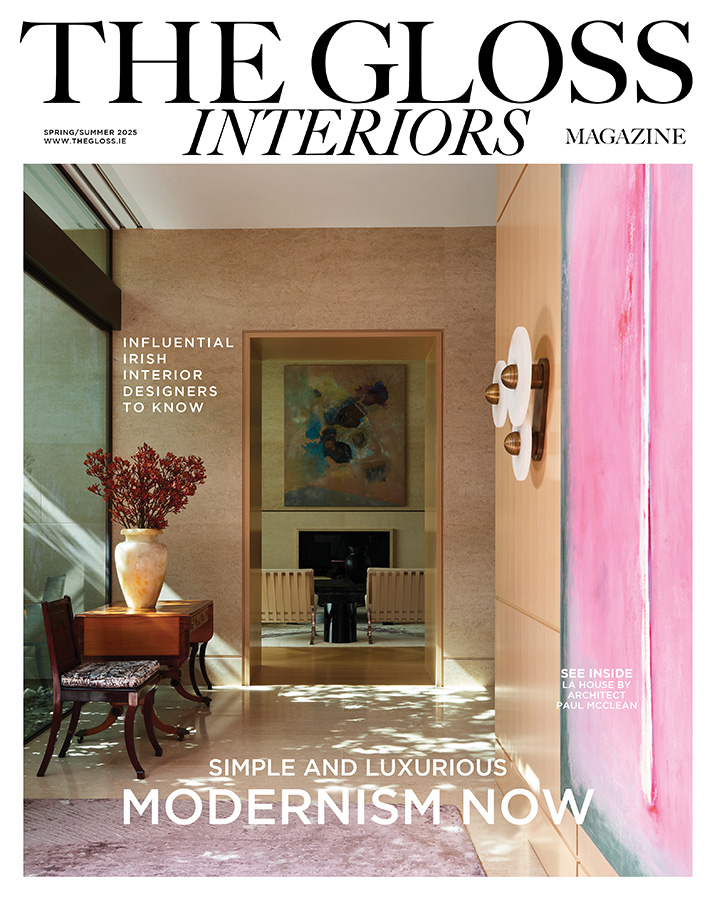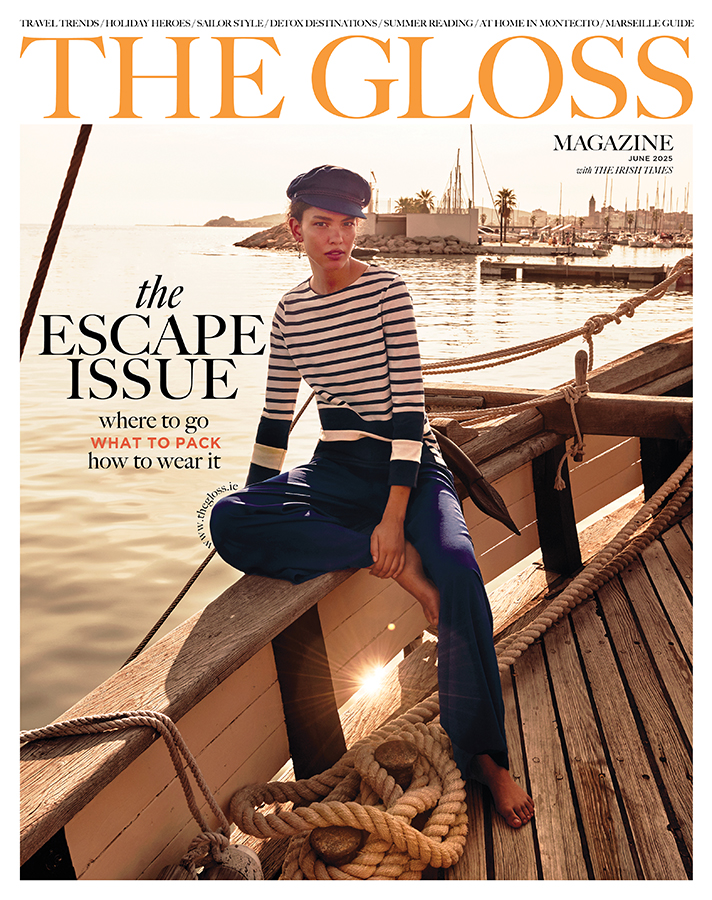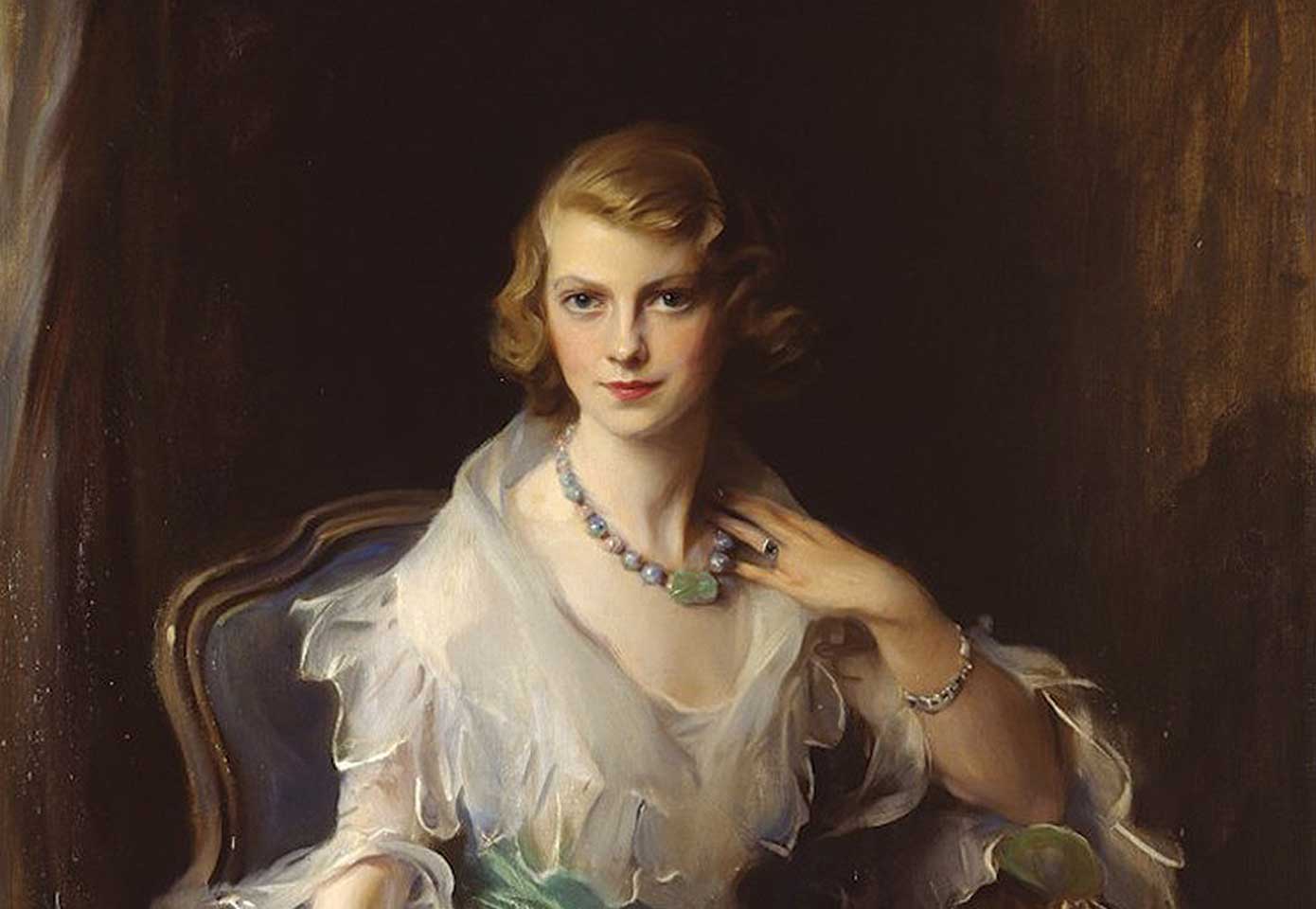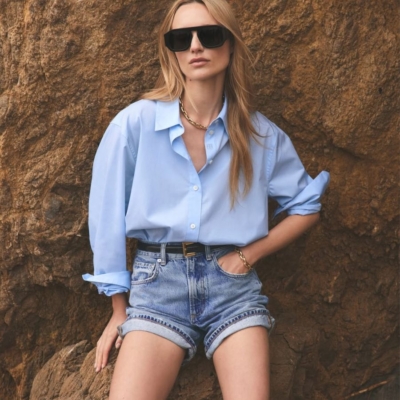Author EMILY HOURICAN explains the inspiration behind her new novel, loosely based on the lives of Aileen, Oonagh and Maureen Guinness …
I am a great reader of historical fiction – everything from Hilary Mantel’s Wolf Hall trilogy to Philippa Gregory. What I love, apart from the chance to find out something new, is the immersiveness of it. The way you can be sucked right into a completely different world, but a “real” world (sci-fi/ fantasy doesn’t do it for me in the same way at all).
I had thought about writing historical fiction for a few years before this book and, in that thinking, I assumed the research would be the hard part. I studied history in UCD for my primary degree, so I had some idea what the research would be like. But perhaps I have changed in the intervening years because in fact, I loved it. The hard part was stopping researching and starting writing. Also hard was restraining myself from putting in absolutely everything I learned.
I read all sorts as part of my research: biographies, journals, newspaper articles, gossip columns, weather reports, novels, poetry. Particularly useful were Molly Keane’s first novel (very autobiographical) – The Knight Of Cheerful Countenance, and a book by Mary Pakenham called Brought Up And Brought Out, about her time as a debutante at almost exactly the same time as two of my Guinness girls. Beyond actual facts and dates, historical fiction is all about atmosphere, and creating that means knowing far, far more than you can ever use, about what people ate, the magazines they read, the pattern of their days and nights, the lamps they lit and what their clothes were made of.
Another thing that made this a different experience to studying for my history degree was the wonderful fact that, because The Glorious Guinness Girls is a novel, if I didn’t know something, I could just make it up! I have worked hard to keep to the known facts of the era – the date of the General Strike, for example (May 4 – 12, 1926, when nearly two million workers came out to protest worsening pay and conditions), the Bath and Bottle Party (July 13, 1928, St George’s Baths, London), even a visit by Maureen to Longleat for Viscount Weymouth’s birthday party (July 30–31 1926), but around those, I have allowed myself plenty of freedom to invent a story that contains real characters – Aileen, Maureen and Oonagh, along with many of their friends and family – and invented ones – Fliss, my narrator, her brother Hughie, his friend Richard.
The blend of fact and fiction is, I think, an interesting one. There is the structure imposed by fact – a stern framework – off-set by the fun of fiction; one enhances the other and the result – I hope! – is something that is entertaining, lively, informative, and “true” without being True.
The scene takes place in London, 1926. Aileen and Maureen are 22 and 19, and have been launched into society. Oonagh, 16, has started going to parties with them. They have begun to hang out with the Bright Young People of the Roaring Twenties, including Elizabeth Ponsonby, Baby and Zita Jungman, Stephen Tennent and the girls’ cousin, Bryan Guinness. Fliss, the novel’s narrator, is 19 like Maureen, and has grown up with the Guinness girls.
Maureen has grown to love the sharp intake of breath, the pin-drop silence, that follows her more outrageous put-downs.
“The party is in a house on Regent’s Park Road, one of the narrow ones, and seems to be all staircase and heavy wood panelling. It is dark and solid and old, and the contrast with the party guests makes me laugh, because they are light and gay and young. Watching them, I think of rice thrown at a wedding – flung upwards in brittle, polished, delicate handfuls, drifting down to land in shiny, scattered drifts.
They move endlessly. Some are dancing, alone and in pairs, others are simply flinging themselves restlessly at one group and then another, taking snatches of gossip and jokes, like bees take pollen, distributing it throughout the party so that soon everyone is covered in it, breathing it in and out. It is the girls who move most, I see, and particularly the girls like Elizabeth, Baby, Zita, Maureen, for whom everyone has a welcome.
“Isn’t it cosy?” says Maureen. “I do like the feeling that we are in here and anything at all might happen on the streets. Why, there might be a riot if those trade unionists get through,” she says, face glowing.
“Oh, but there won’t,” says the chinless young man. “The police are awfully on top of things, and you know, we are here to protect you if there is any need.”
“Well, I call that very reassuring,” says Elizabeth Ponsonby, who is dressed in a frilled romper suit so short that it shows nearly all of her legs. “Don’t you call that reassuring, Maureen?”
“I do not,” Maureen says. “I can’t imagine how badly off I’d need to be to rely on you, Eddie,” and the young man goes off looking mortified while Maureen laughs.
“Too cruel,” Elizabeth says in delight. “He’s the son of the Earl of Cranbrook, you know.”
It is, I think, indeed too cruel. But there is no point saying that to Maureen, who has grown to love the sharp intake of breath, the pin-drop silence, that follows her more outrageous put-downs, so that she now looks for exactly that, saying things that are deliberately styled in order to shock. That they also wound doesn’t seem to concern her. In fact, she seems not to notice that the hurt in the eyes of some of her victims is real, and not pantomime. She is rapidly forgetting that she was ever left on the outside, and how much that pained her.

From The Glorious Guinness Girls, by Emily Hourican, published by Hachette, €15.50.
Main featured image: Oonagh Guinness (1910-1995), socialite, society hostess and art collector, painted by Philip de Laszlo.
LOVETHEGLOSS.IE?
Sign up to our MAILING LIST now for a roundup of the latest fashion, beauty, interiors and entertaining news from THE GLOSS MAGAZINE’s daily dispatches.











